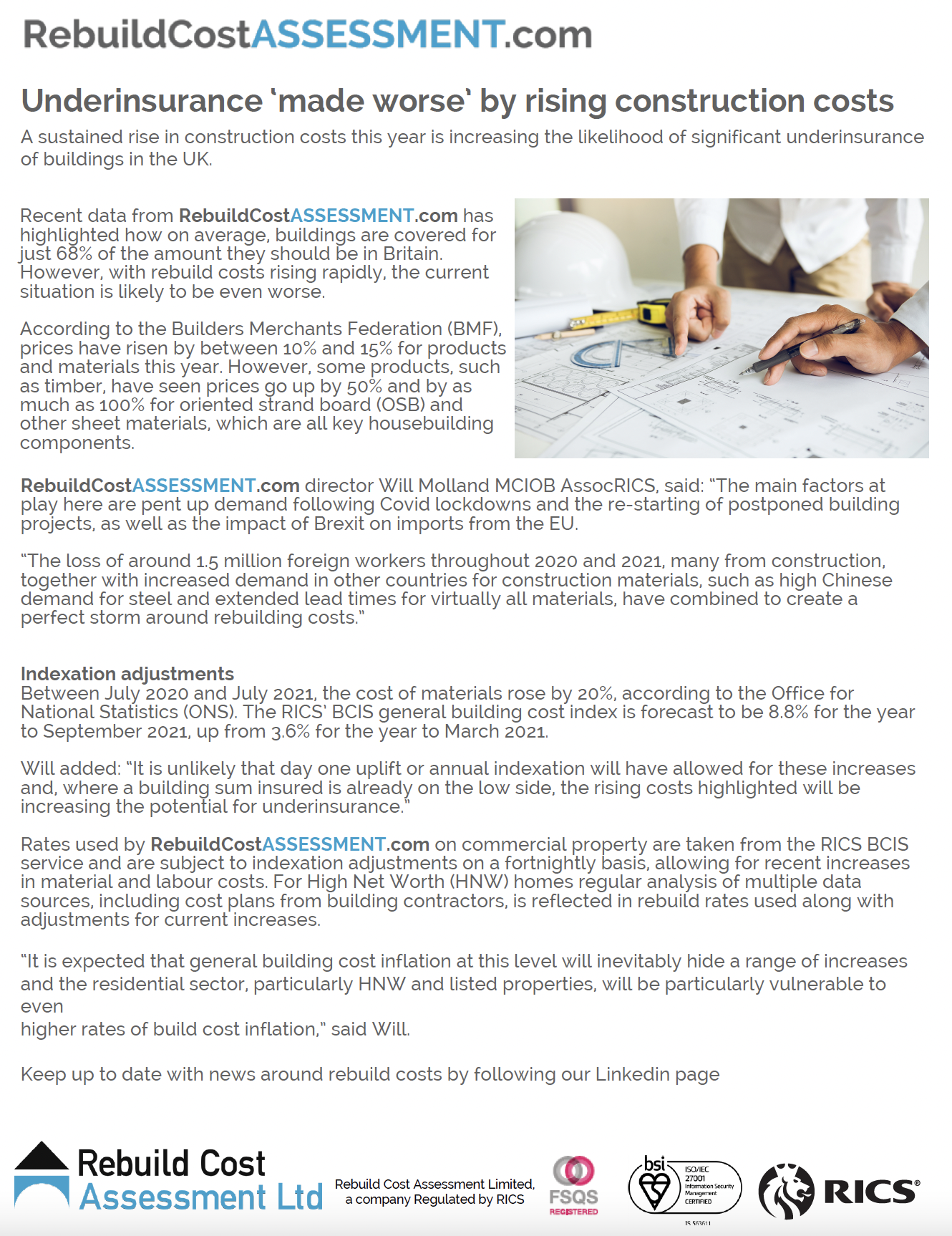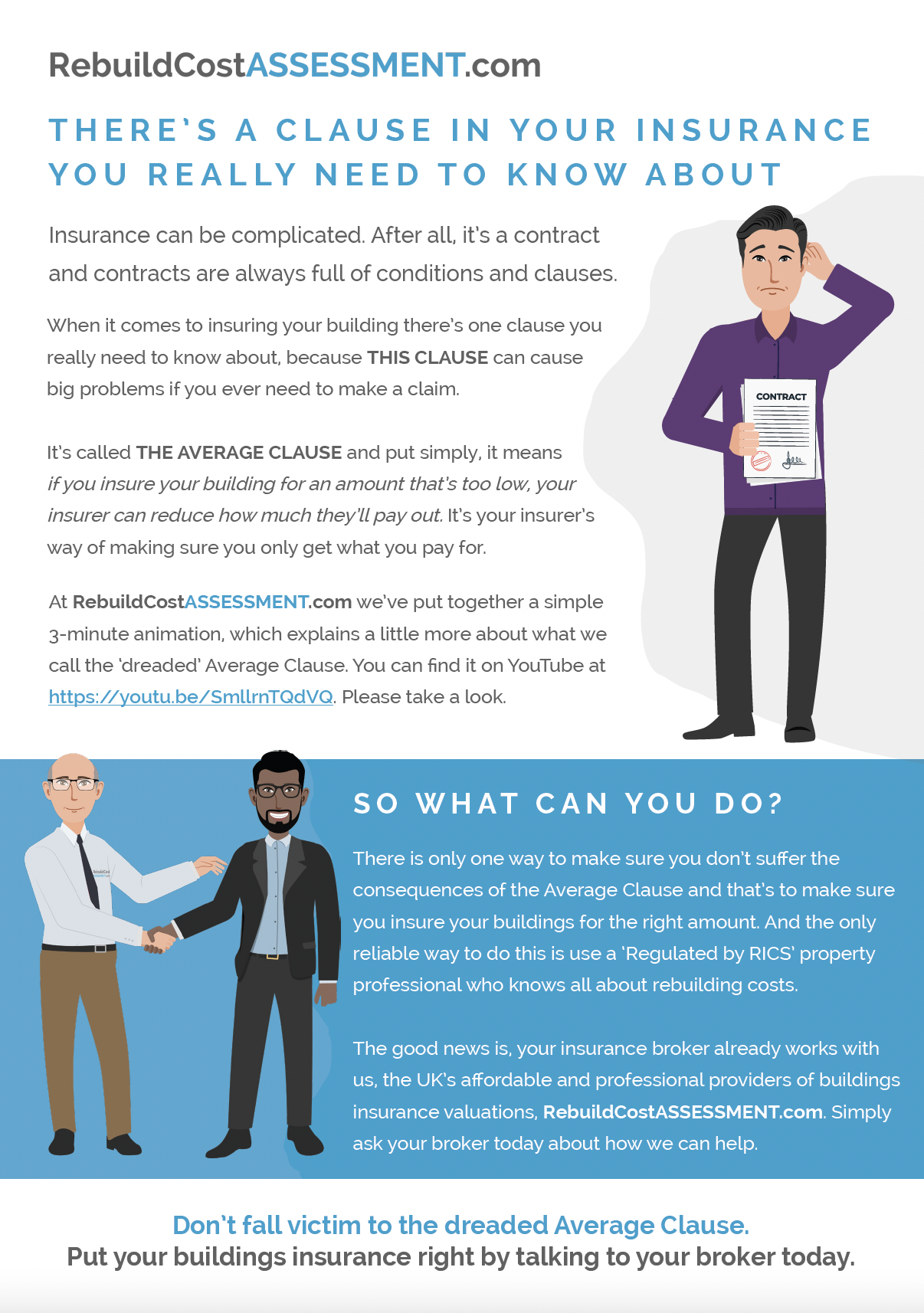Flood plans: why they’re important and how to create one
November 25th, 2024 Posted by Ben Nicol Uncategorised 0 comments on “Flood plans: why they’re important and how to create one”Storms such as Storm Bert bring severe disruption across the UK, leaving many properties damaged and communities affected by heavy rain and flooding. According to FloodFlash, businesses that have been affected by severe flooding lose an average of 50 working days, with 40 percent of those having to close for good¹.
Although you can’t completely floodproof your property, having a flood plan in place can make your business more resilient to flooding and can help you recover from the impacts more efficiently.
What is a flood plan?
A flood plan is a written document outlining how your business will respond to a flood. Store your business’s flood plan in an easily accessible location; everyone should know where it is.
What to include in your flood plan
Your business’s flood plan should include the following:
- A list of important contact information, including the Environment Agency’s Floodline (0345 988 1188) and any additional flood warning systems, building services, suppliers and evacuation contacts
- A map showing locations of supplies, protective materials, and shut-off points
- An outline of basic strategies for protecting property, ensuring health and safety, minimising business disruption and facilitating recovery
- Procedural checklists for staff to use during a flood
How often to review your flood plan
Review and update your plan annually. Flood risks and procedures can change, so make sure your business is always prepared.
If your business does suffer a flood, undertake a thorough review of your flood plan as soon as you can to determine what worked well and what could be done differently if you experienced flooding in future, to ensure your flood plan is as effective as possible.
Additional precautions you can take to protect your property from flooding
The Environment Agency estimates that with proper preparation, most businesses can save 20 to 90 percent of the cost of stock lost due to flooding². Consider the following precautions against flooding when building or carrying out a refurbishment:
- Purchase boards for your doors that you can install when flooding is imminent
- Seal floors to prevent water seeping up through the ground
- Fit non-return valves to drains and both inlet and outlet water pipes
- Install high shelving where you can store items when flooding is imminent
- Raise electrical sockets, fuse boxes and wiring at least 1.5 metres above the floor
- Keep a pump in the basement or lowest level to remove flood water
In tandem with your business’s physical flood prevention measures, adopt the organisational precautions listed below for a more comprehensive flood preparation:
- Compile a list of useful telephone numbers, including Floodline, your local authority and your insurer/broker – visit our claims page
- Familiarise yourself with how to shut off your gas, electricity, and water
- Develop a flood contingency plan with suppliers and clients
- Designate an emergency flood contact
- Train your employees in correct flood safety procedures, and establish a safe meeting place in case you need to evacuate
- Stockpile useful materials like plastic sheeting, plywood, sandbags, nails, hammers, and shovels
We’re here to help
Risk management and insurance go hand in hand in protecting your business against the risks and consequences of flooding. If you’ve been affected by the recent flooding and would like one our specialists to review your current insurance cover and see if we help improve this, please get in touch on 0208 236 5350 or email info@hamiltonleigh.com
Sources:
- FloodFlash | Five statistics brokers should know about commercial flood risk in Britain | https://floodflash.co/five-flood-risk-statistics-brokers-should-know/
- Environment Agency | Flood Hub – Would your business stay afloat | https://thefloodhub.co.uk/wp-content/uploads/2018/10/EA-Would-your-business-stay-afloat.pdf





